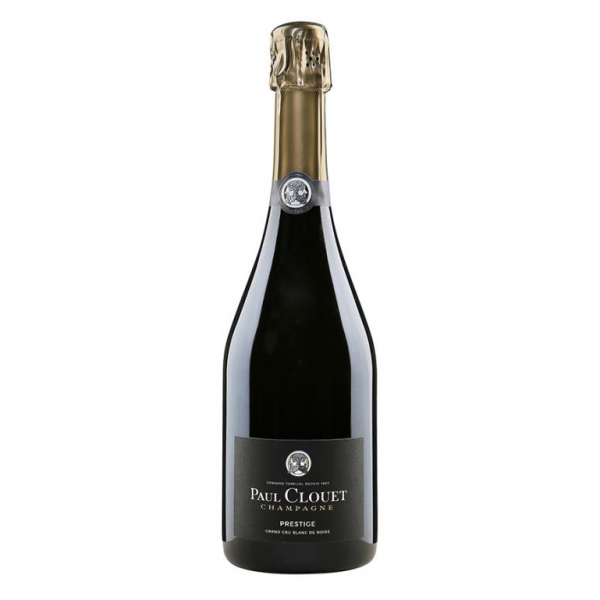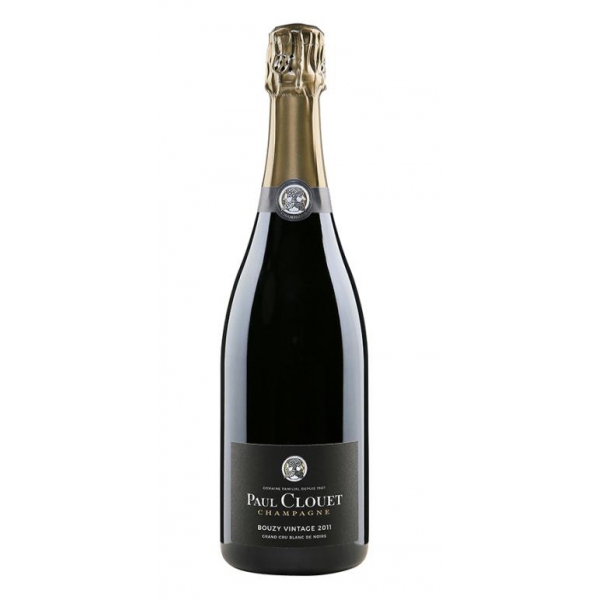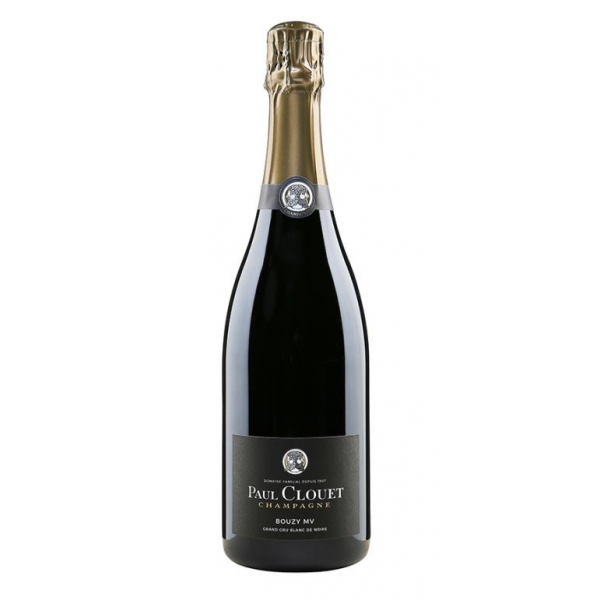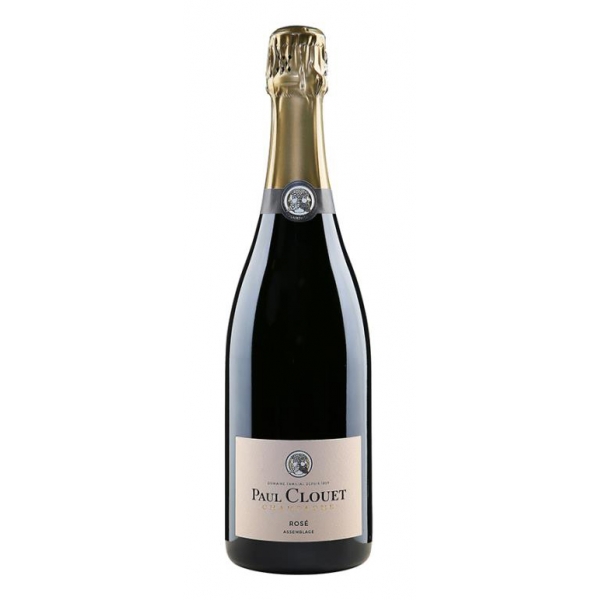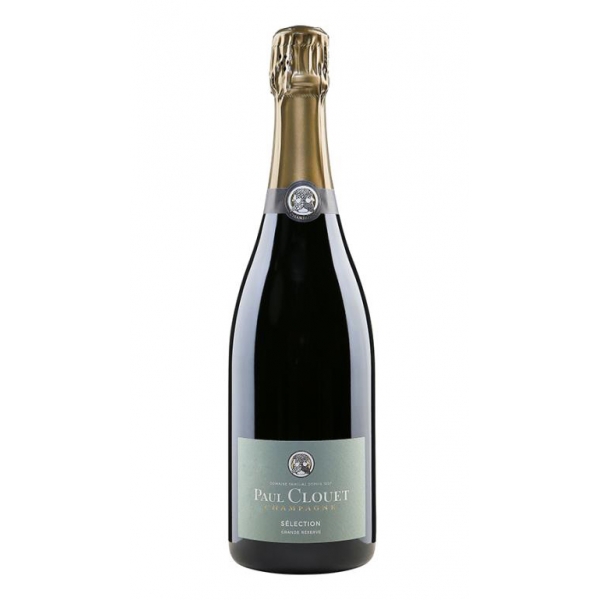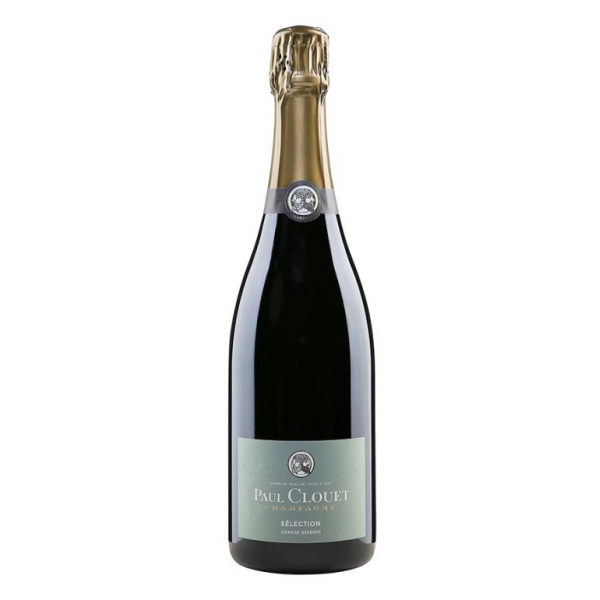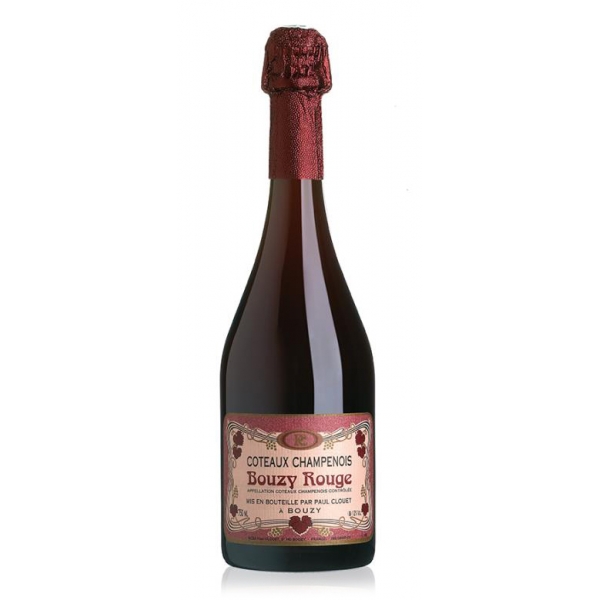No products
Categories
- Fashion Accessories
- Clothing
- Beauty & Lifestyle
-
Hi-Tech & Lifestyle
- Gaming
-
Case
- iPhone 11 Pro
- iPhone 11 Pro Max
- iPhone 11
- iPhone X / XS
- iPhone XS Max
- Samsung S10 / S10+ / S10e
- Huawei P30 / P30 Pro / P30 Lite
- Huawei P20 / P20 Pro / P20 Lite
- iPhone XR
- Samsung S9
- Samsung S9+
- iPhone 8 / 7
- iPhone 8 Plus / 7 Plus
- Samsung S8
- Samsung S8+
- Samsung S7
- Samsung S7 Edge
- iPhone 6 / 6 s
- iPhone 6 Plus / 6 s Plus
- iPhone 5 / SE
- Skin
- Audio
- Smart Home
- Drones & Hoverboard
- Photo & Video
- Desk Supplies
- Accessories
- Games
- Beverages
- Food
- Home
- Jewelry
- Luxury
- Travel
- Art
- Footwear
- Vintage Fashion
- Restaurants
- Sport
- Animals
- Gift Ideas
- Kidswear
Extra
Viewed Products
-

MiPow - PlayBulb Color - Color Bluetooth Smart Led Speaker Light Bulb - Bulb...
PlayBulb Color is a smart color LED...
-

Cravates E.G. - Solid Square Pattern Tie - Midnight Blue
A stylish solid square pattern tie...
-

Genius Bowtie - Pythagoras - Almond - Real Feathers Pin - Luxury High Quality...
Natural Peacock Tail Eye Feathers,...
-

Miu Miu - Miu Miu La Mondaine Sunglasses - Butterfly - Antique Rose Crystal...
Miu Miu La Mondaine sunglasses from...
-

Jimmy Choo - Elva - Black and Silver Palladium Metal Sunglasses with...
These black and silver palladium...
-

Conte Spagnoletti Zeuli - SZO Bianco - Castel del Monte D.O.C.
Typical grapes of our area, give life...
Champagne Paul Clouet
Bonnaire & Clouet Champagne - A Story of Quality and Romance
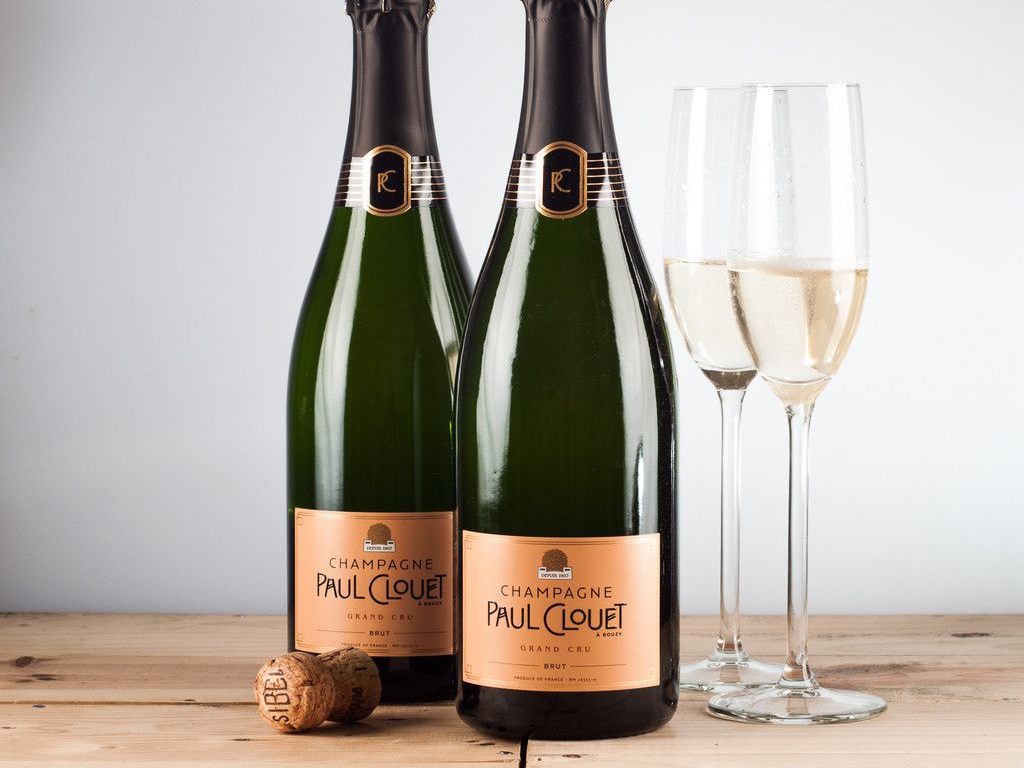
History
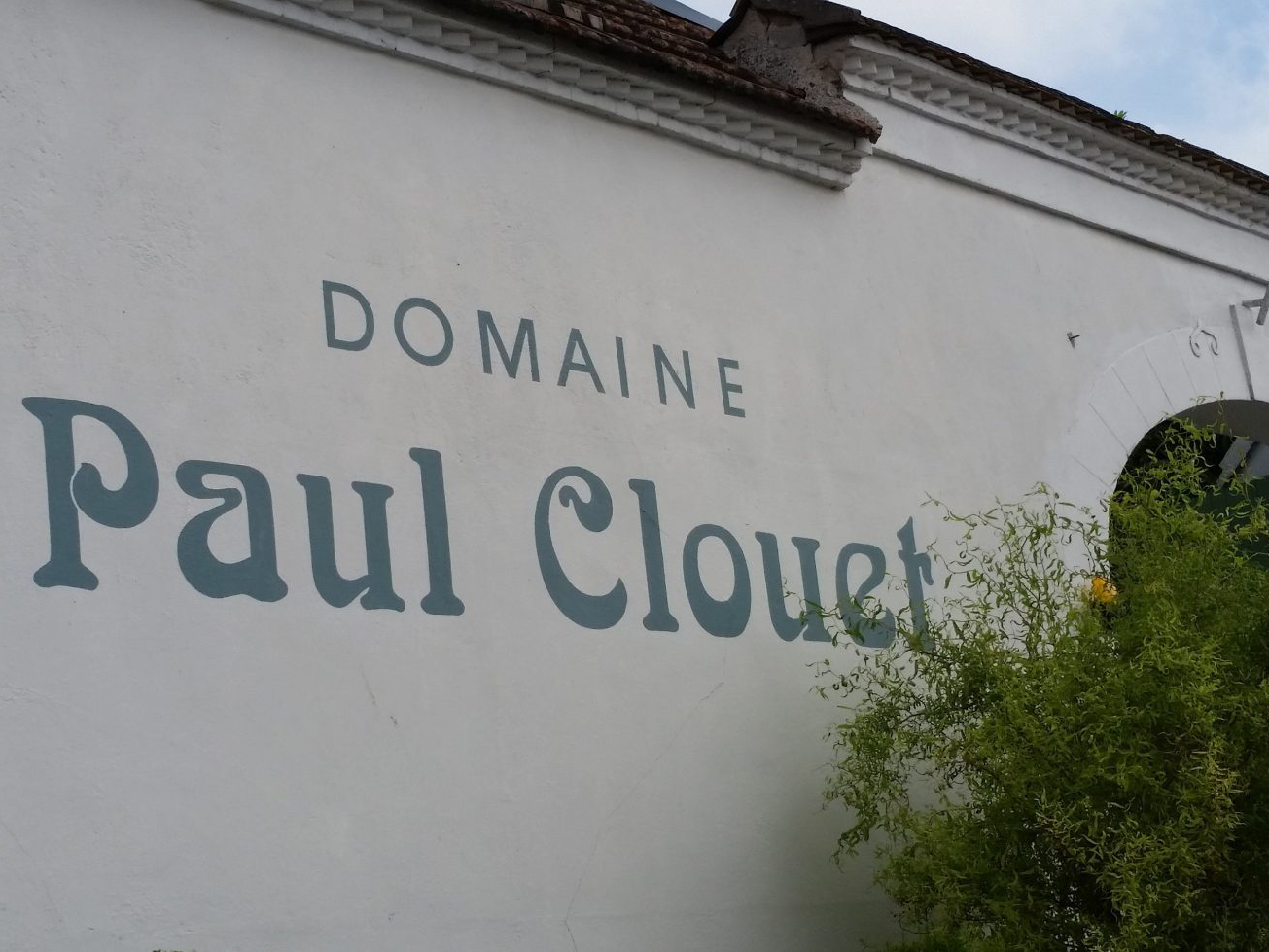
Originally two Champagne houses from different families, houses Bonnaire and Paul Clouet now share a history of dedication, quality, and romance.
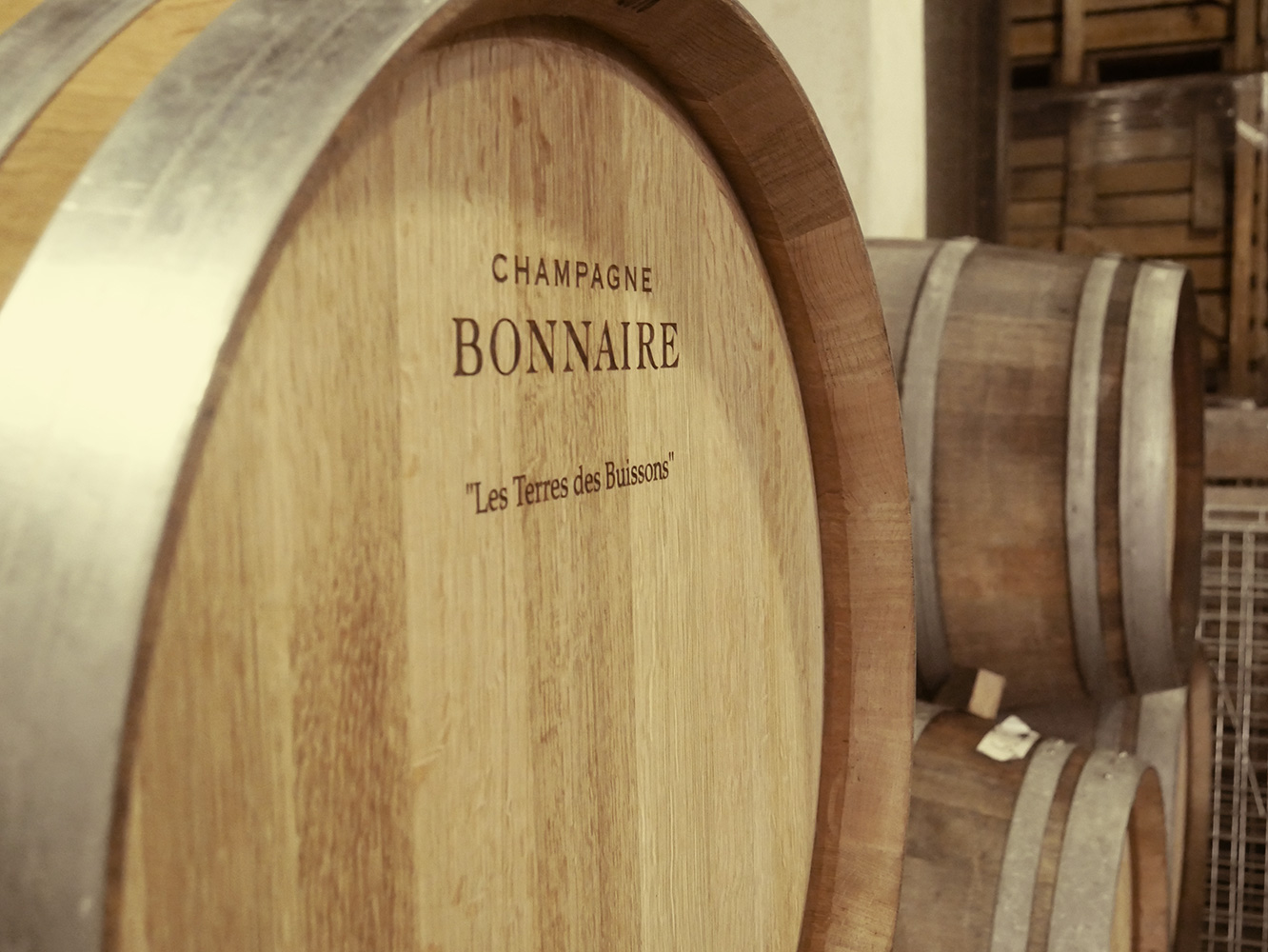
Paul Clouet
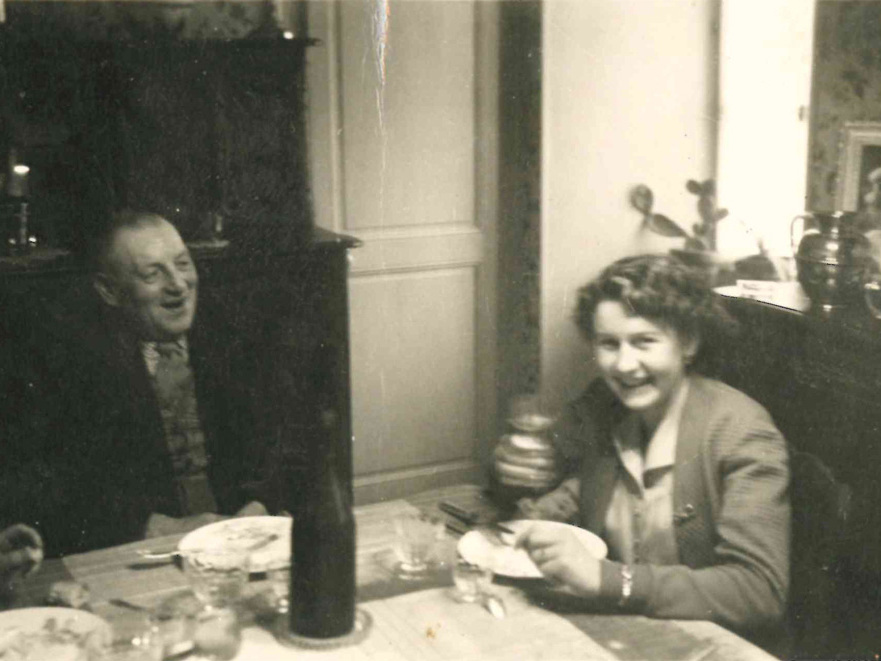
The history begins with Paul Clouet establishing his self-titled house in 1907 in the Grand Cru village of Bouzy, located in the Montagne de Reims sub-region of Champagne. Bouzy has since been home to the Clouet family for over a century, with Paul Clouet’s granddaughter, Marie-Thérèse taking ownership of the winery in 1992.
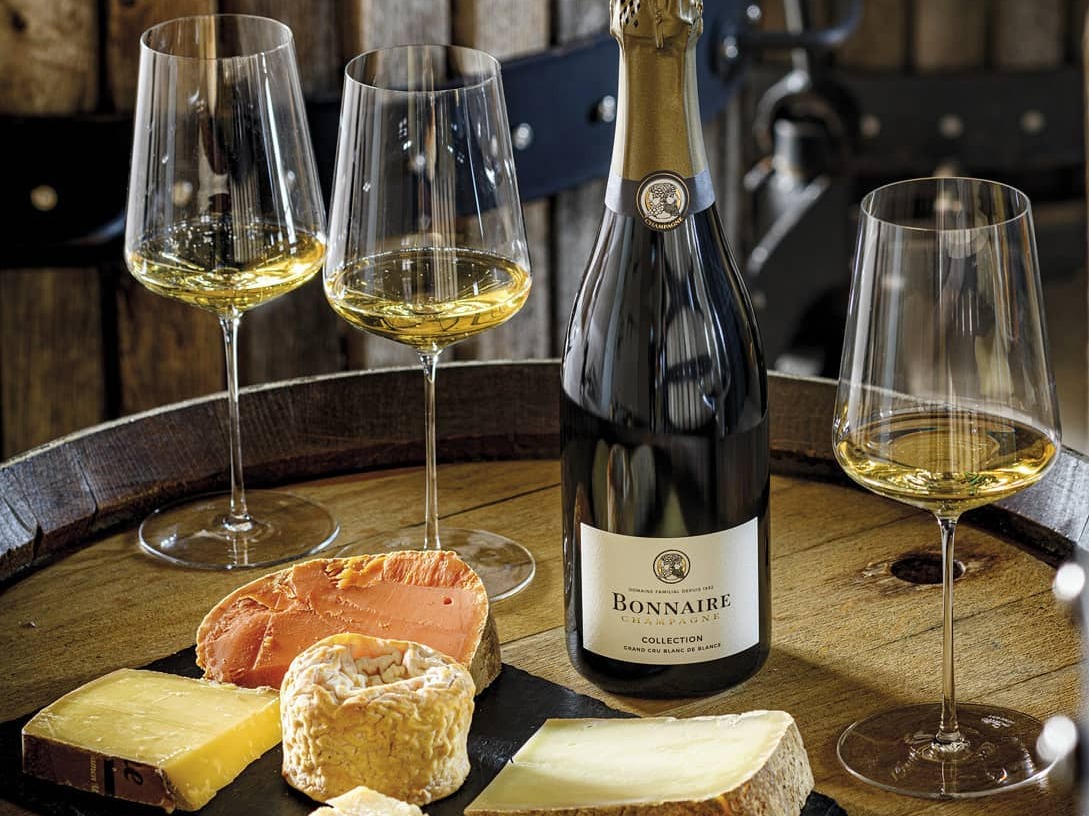
Bonnaire
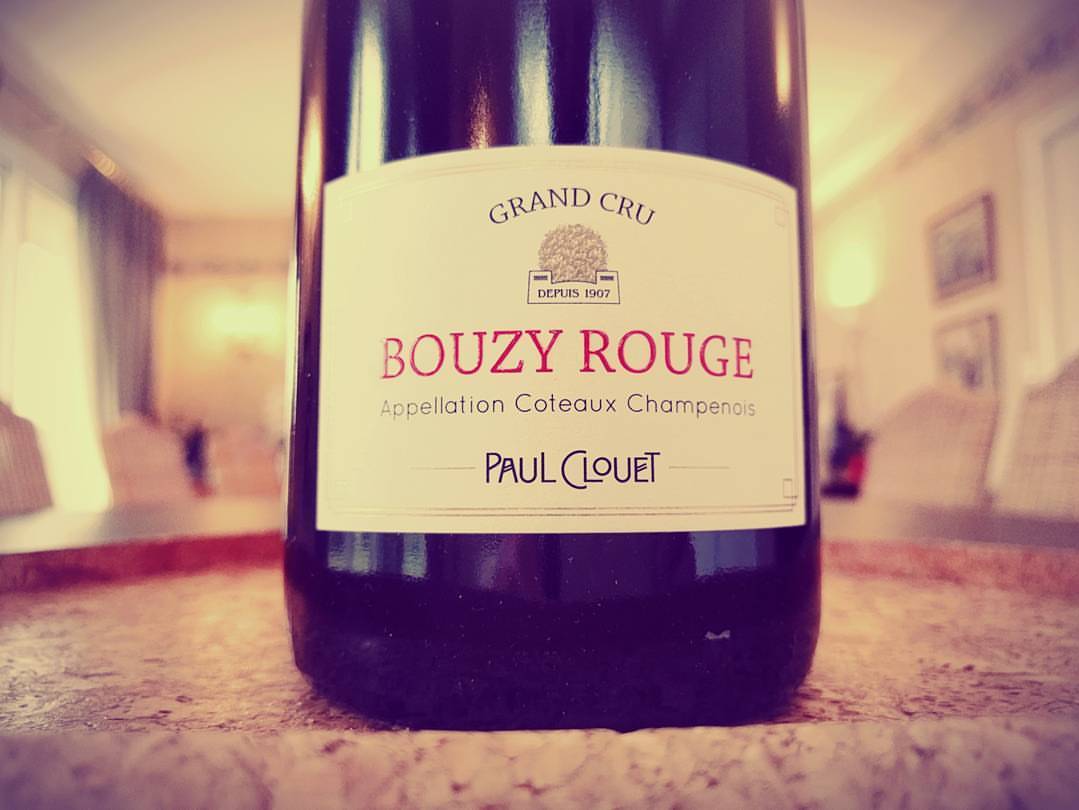
Similarly, Bonnaire was founded nearby in the Grand Cru village of Cramant, in the Cotes des Blancs sub-region, by Fernand Bouquemont in 1932. His grandson, Jean-Louis Bonnaire, took over in 1966 and built the Champagne Bonnaire reputation that exists today.
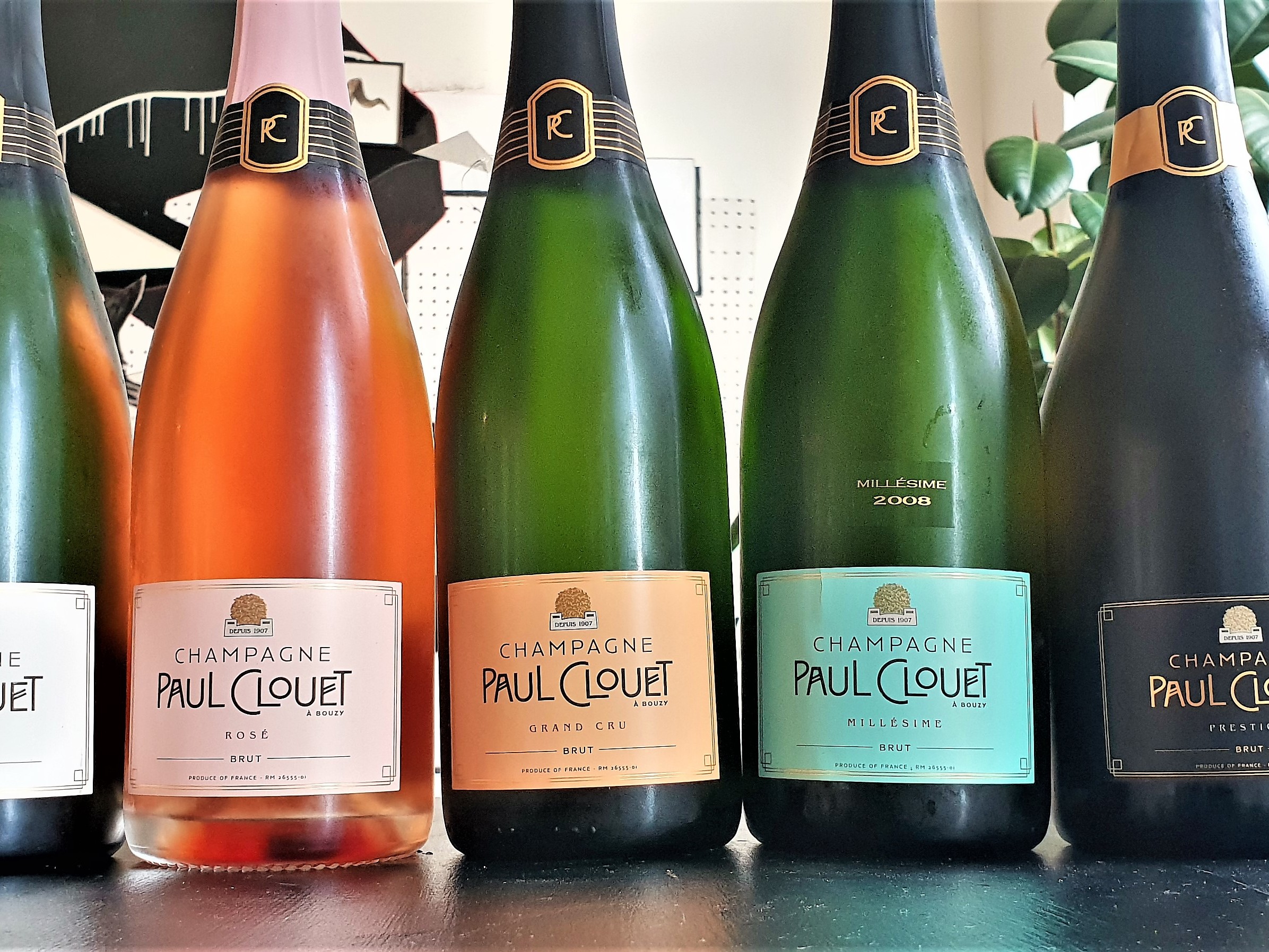
The Romance
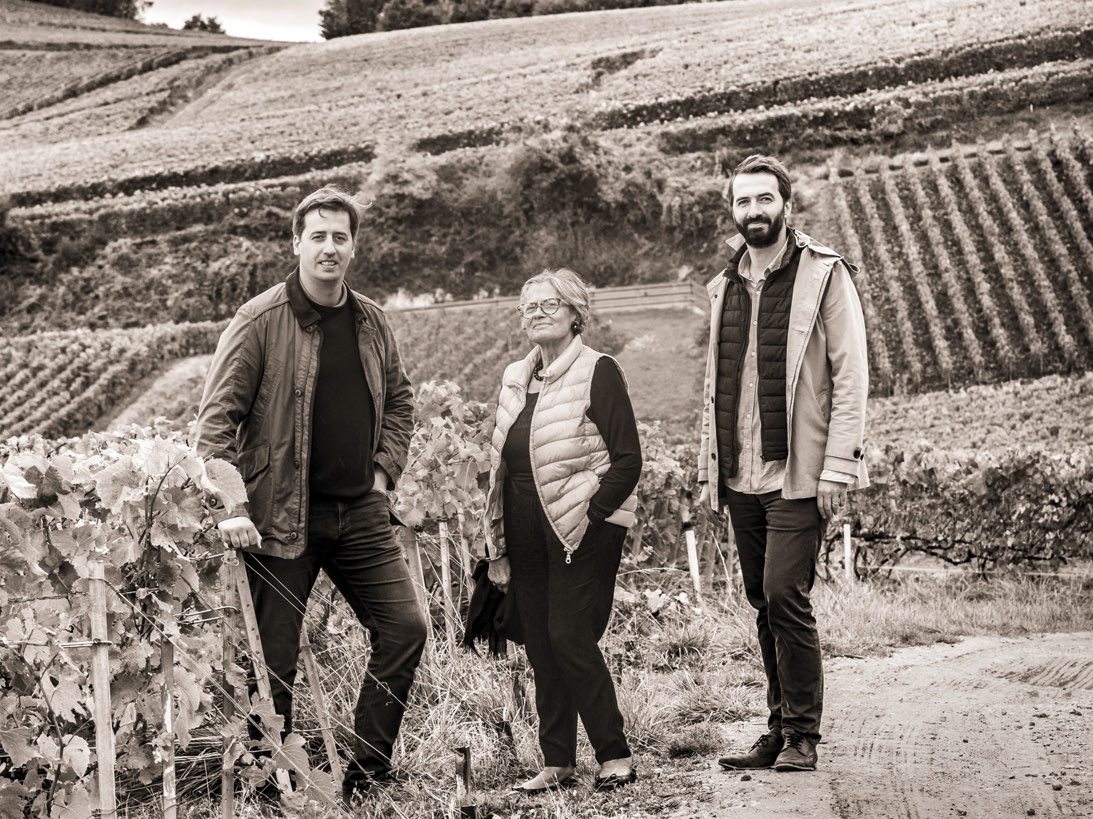
In the mid-70s, Marie-Thérèse Clouet and Jean-Louis Bonnaire got married, joining the two houses under one ownership in 1992 when Marie-Thérèse inhereted her family's house.
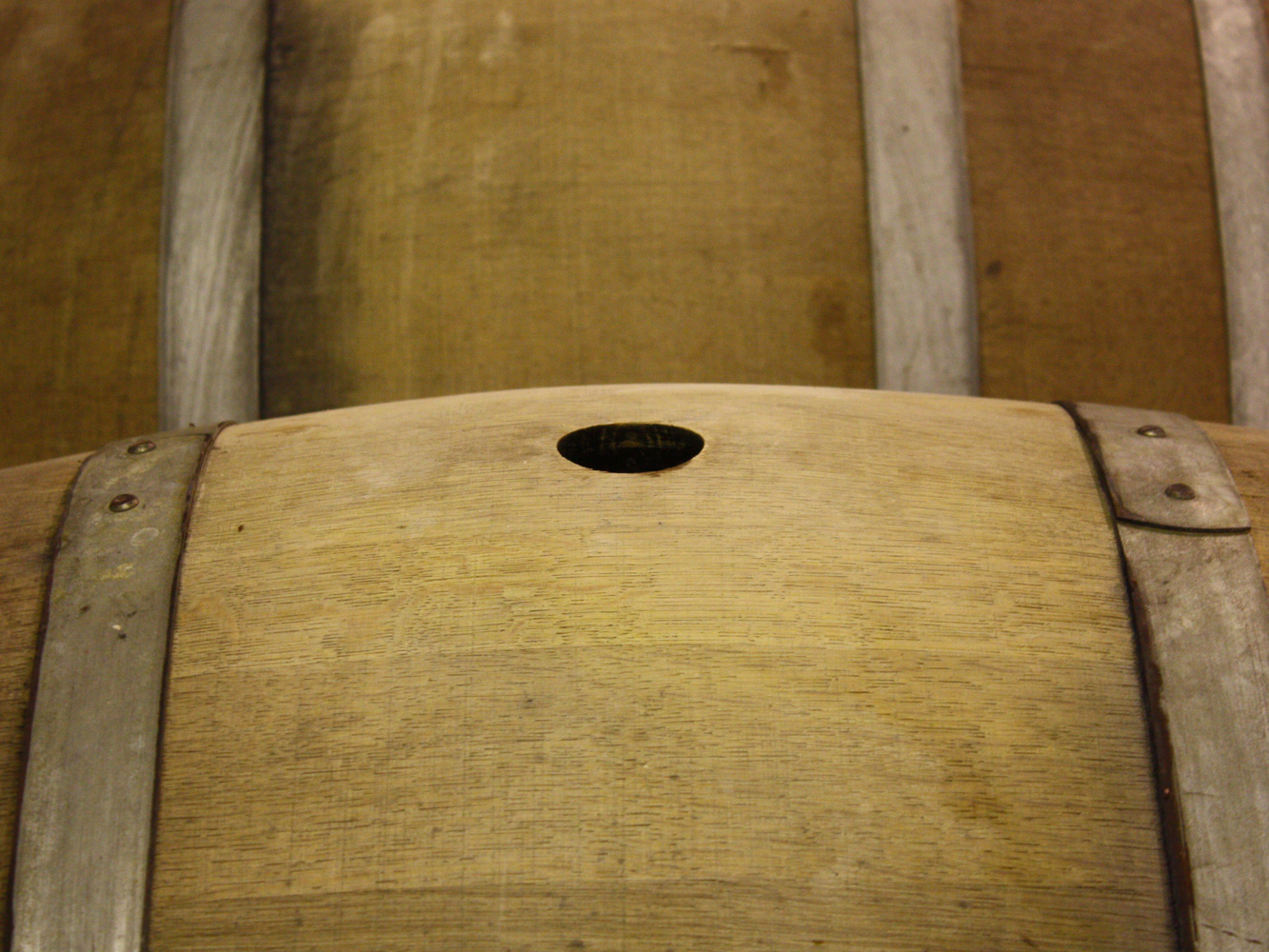
Today, sons Jean-Etienne and Jean-Emannuel manage both labels under one roof, with pressing, bottling and storage of both Bonnaire and Clouet wines all happening at the Bonnaire facility in Cramant.
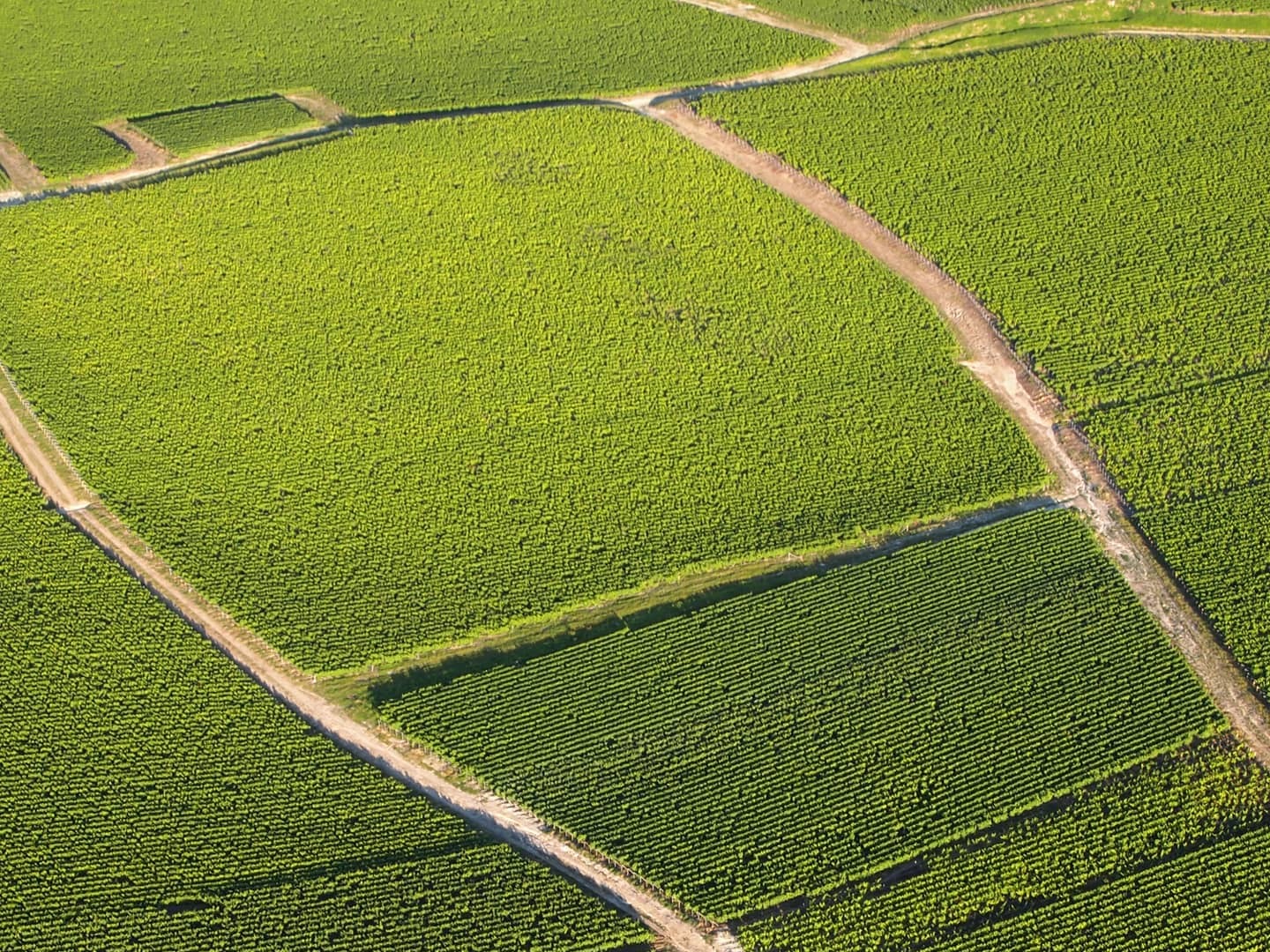
Location & Grapes
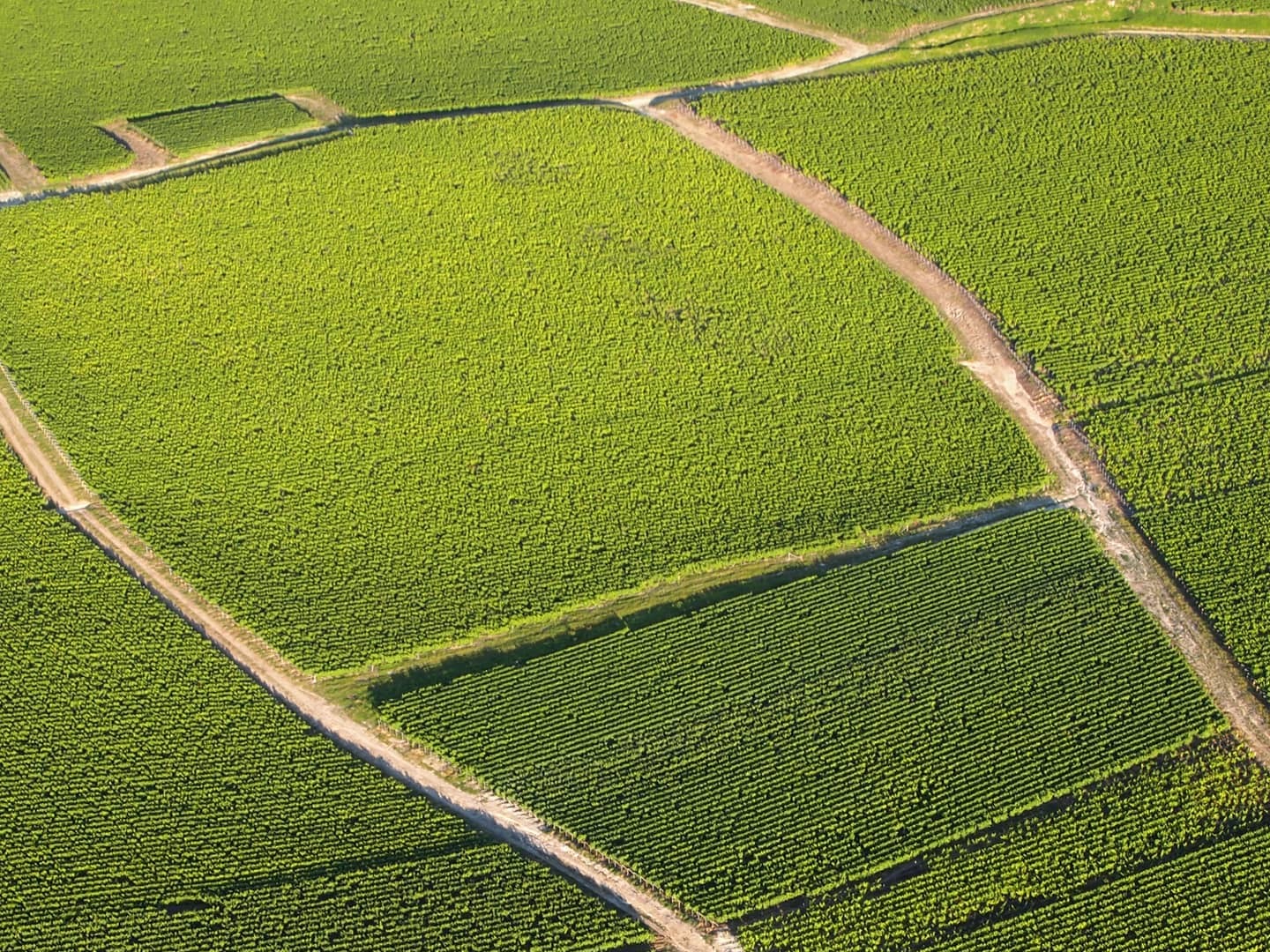
The Bonnaire estate owns 22 hectares of vines, with 10 hectares in the renowned Grand Cru of Cramant, which is known as one of the best Chardonnay producing regions in Champagne.
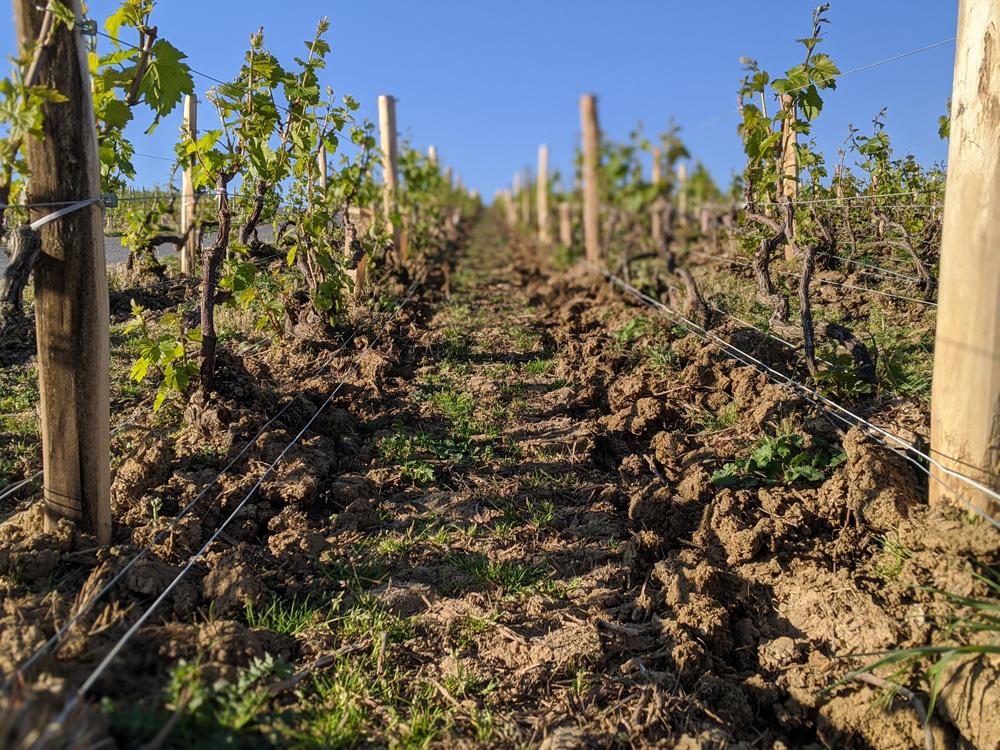
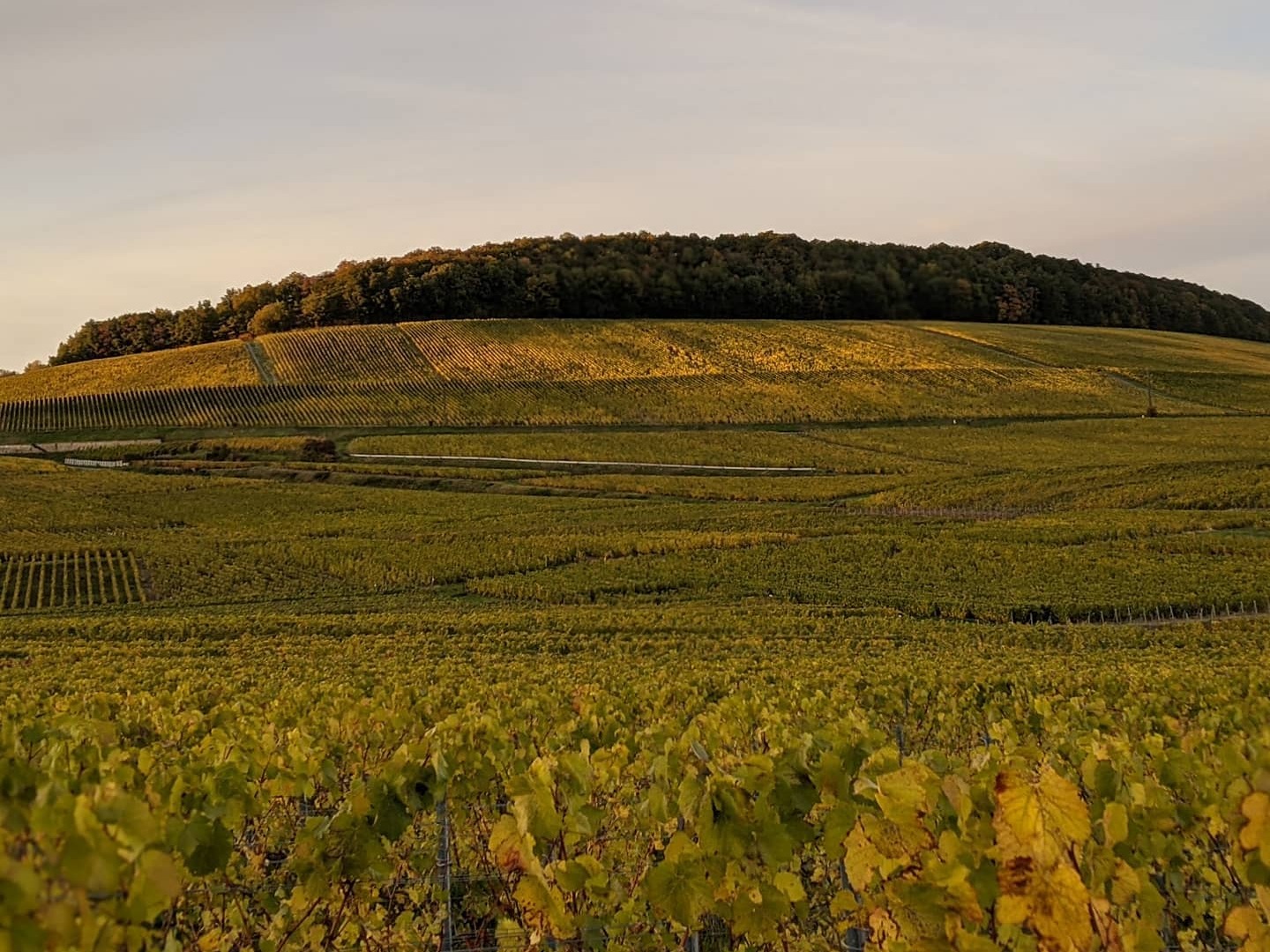
They also have 2 hectares in the Premier Cru village of Bergères-les-Vertus, as well as another 10 hectares in Fossoy in the Vallée de la Marne.
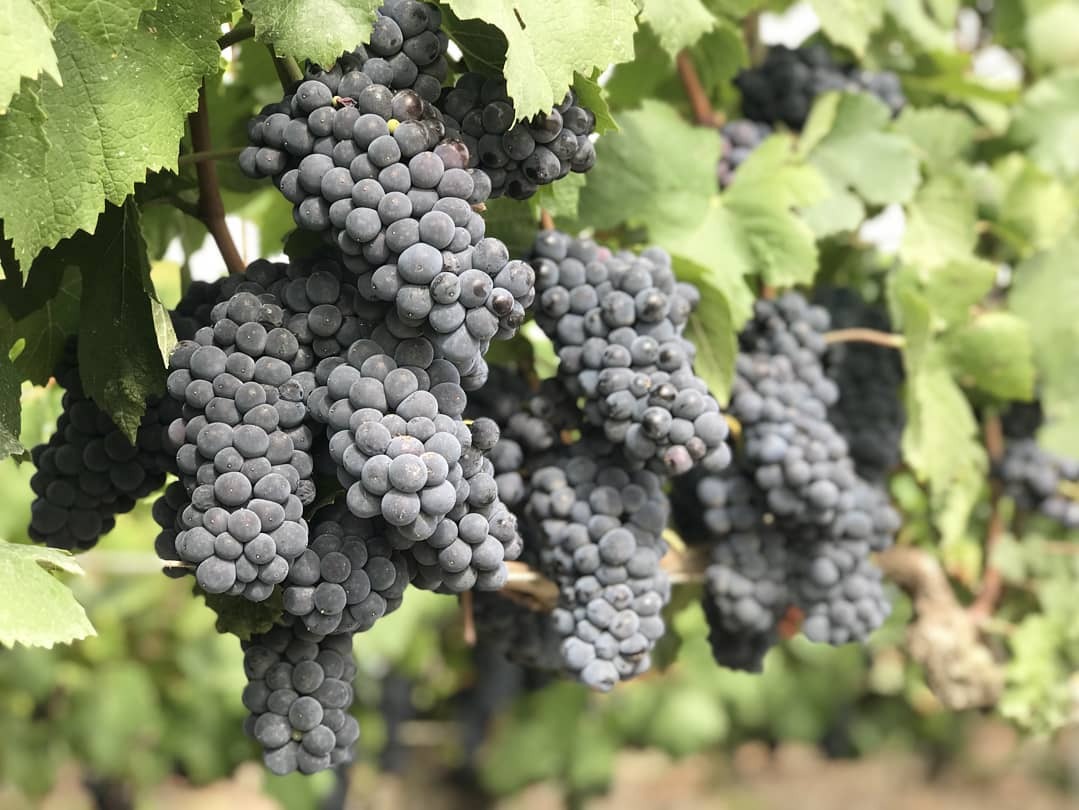
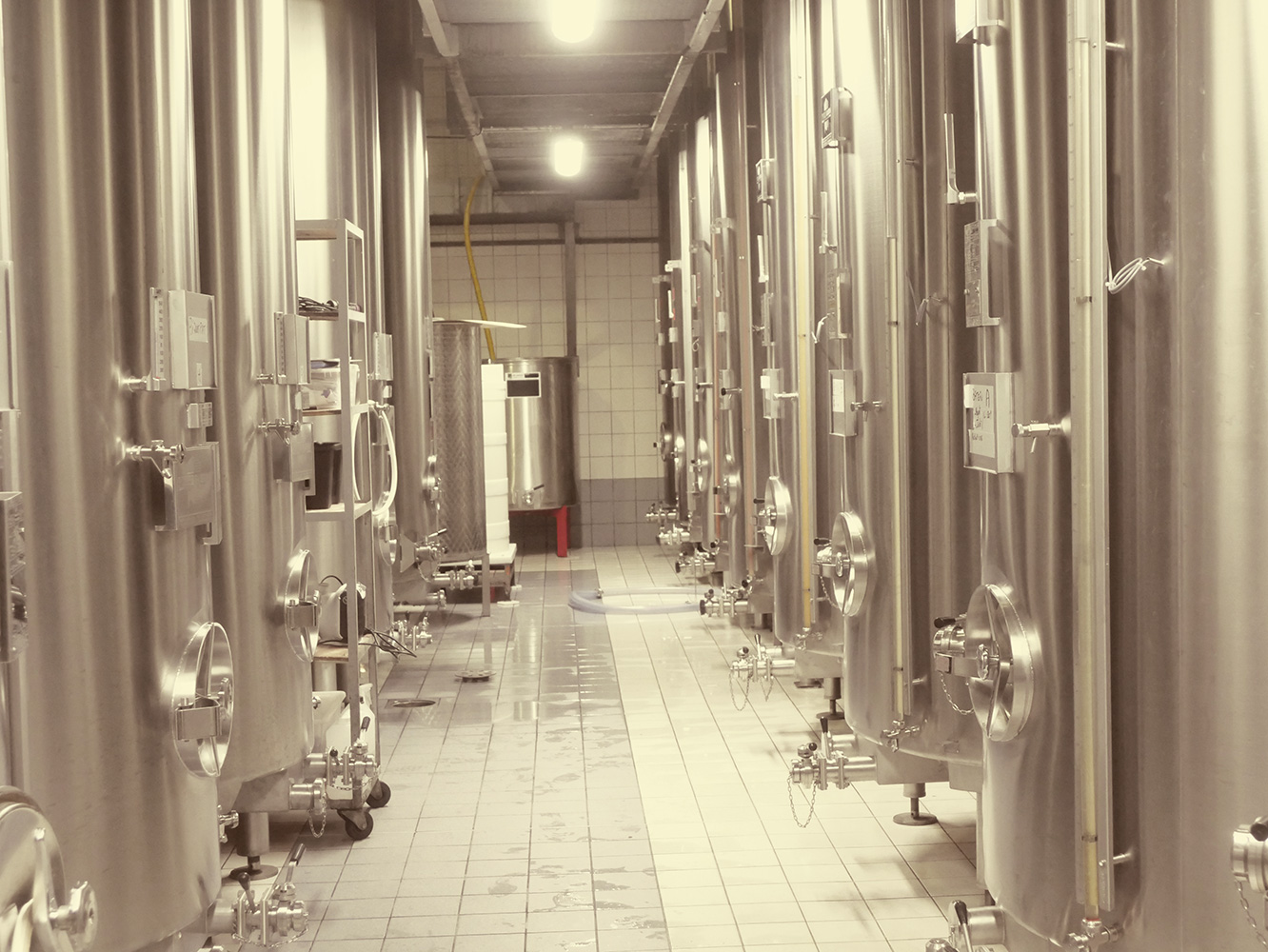
Paul Clouet has 3 hectares in the Montagne de Reims Grand Cru Bouzy, which is highly respected for both its Pinot Noir and Meunier production.
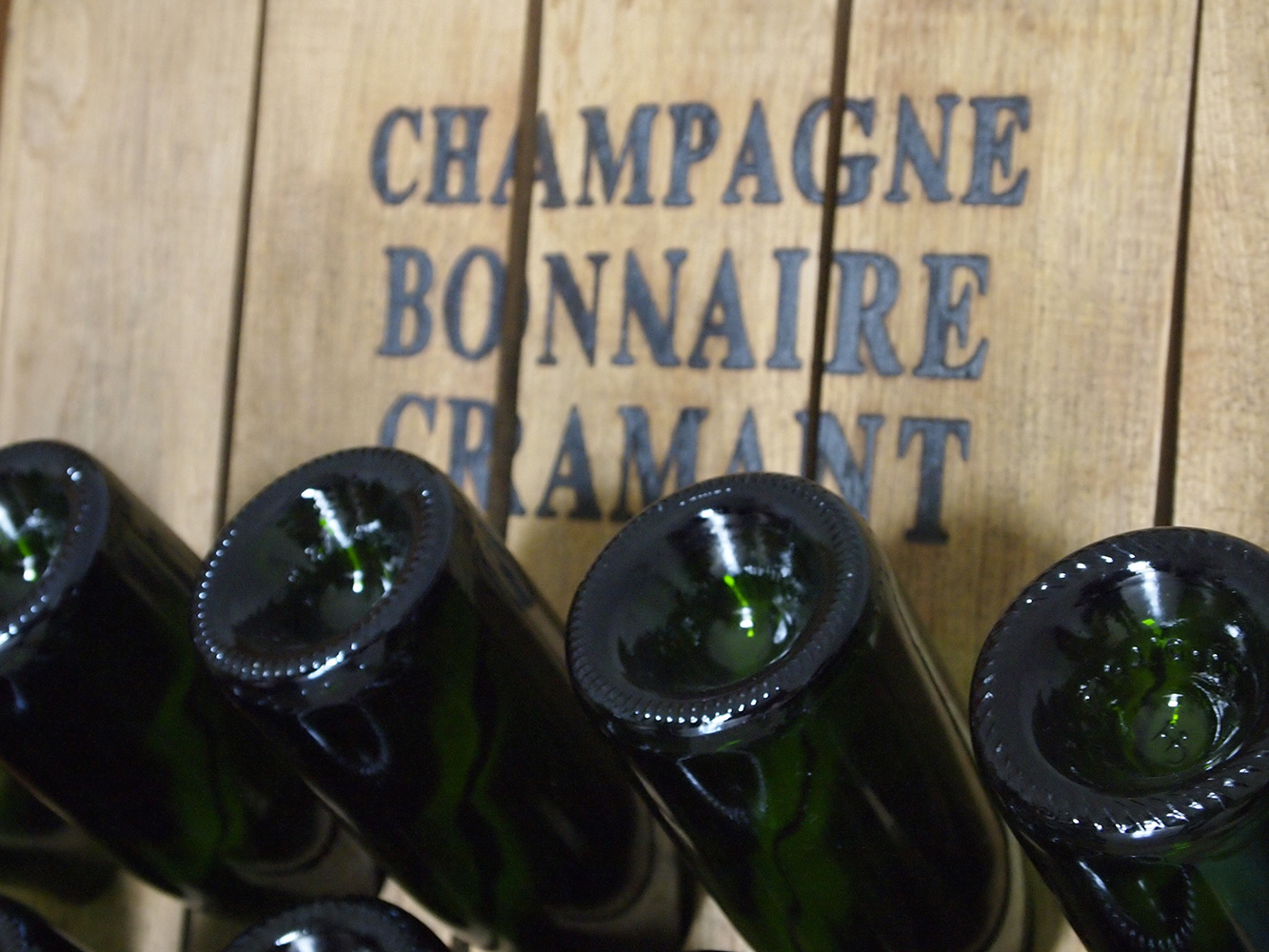
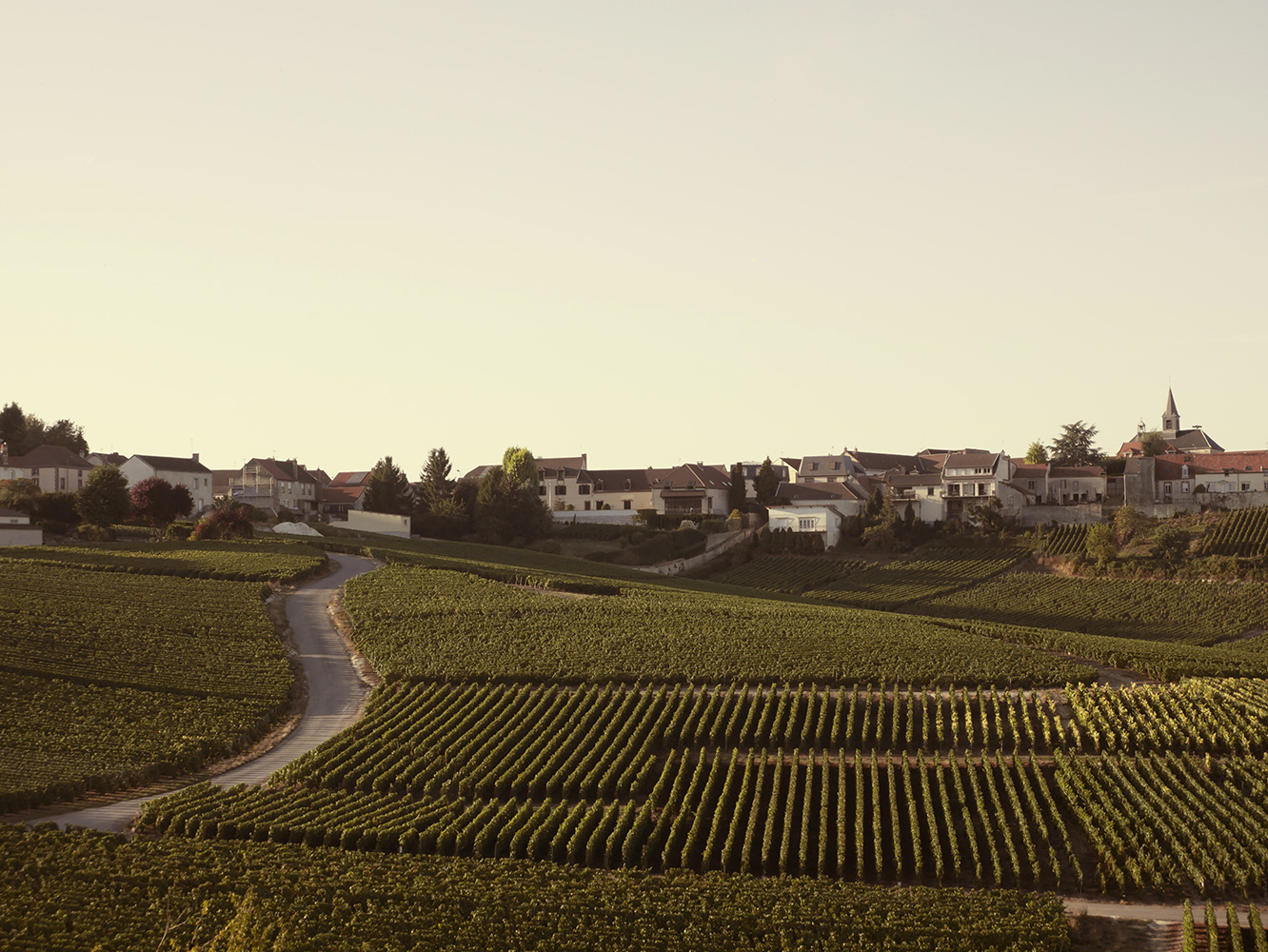
Other parcels of both estates are located in the southern part of the region where the warmer climate provides delicate smooth textures, deep fruit concentration and added complexity to their blends.
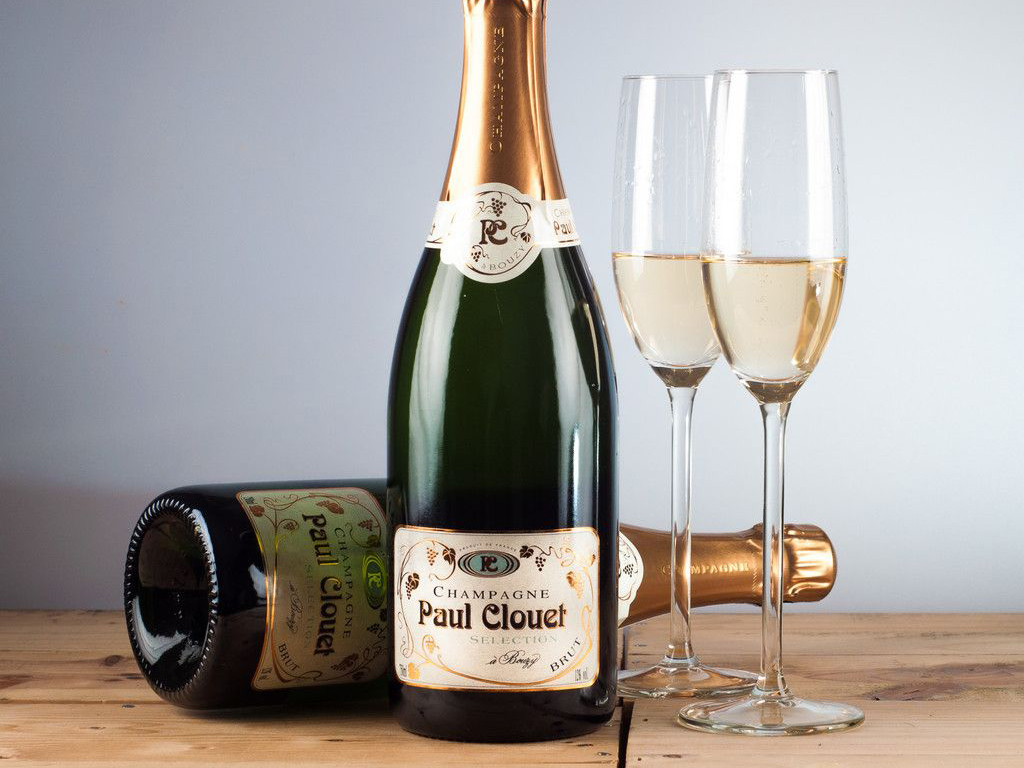
Champagne Paul Clouet
Bonnaire & Clouet Champagne - A Story of Quality and Romance

History

Originally two Champagne houses from different families, houses Bonnaire and Paul Clouet now share a history of dedication, quality, and romance.

Paul Clouet

The history begins with Paul Clouet establishing his self-titled house in 1907 in the Grand Cru village of Bouzy, located in the Montagne de Reims sub-region of Champagne. Bouzy has since been home to the Clouet family for over a century, with Paul Clouet’s granddaughter, Marie-Thérèse taking ownership of the winery in 1992.

Bonnaire

Similarly, Bonnaire was founded nearby in the Grand Cru village of Cramant, in the Cotes des Blancs sub-region, by Fernand Bouquemont in 1932. His grandson, Jean-Louis Bonnaire, took over in 1966 and built the Champagne Bonnaire reputation that exists today.

The Romance

In the mid-70s, Marie-Thérèse Clouet and Jean-Louis Bonnaire got married, joining the two houses under one ownership in 1992 when Marie-Thérèse inhereted her family's house.

Today, sons Jean-Etienne and Jean-Emannuel manage both labels under one roof, with pressing, bottling and storage of both Bonnaire and Clouet wines all happening at the Bonnaire facility in Cramant.

Location & Grapes

The Bonnaire estate owns 22 hectares of vines, with 10 hectares in the renowned Grand Cru of Cramant, which is known as one of the best Chardonnay producing regions in Champagne.


They also have 2 hectares in the Premier Cru village of Bergères-les-Vertus, as well as another 10 hectares in Fossoy in the Vallée de la Marne.


Paul Clouet has 3 hectares in the Montagne de Reims Grand Cru Bouzy, which is highly respected for both its Pinot Noir and Meunier production.


Other parcels of both estates are located in the southern part of the region where the warmer climate provides delicate smooth textures, deep fruit concentration and added complexity to their blends.

-
Champagne Paul Clouet - Prestige Grand Cru Blanc De Noirs Champagne - Pinot...
To be uncorked on the most special occasions, it is perfect for the whole meal, especially with second courses of baked fish and steamed shellfish. Perfect with a salmon steak accompanied by herbal sauces.
56,50 € -
Champagne Paul Clouet - Bouzy Vintage Grand Cru Blanc De Noirs - 2011 - Pinot...
Excellent for a special dinner, where it accompanies with great satisfaction baked fish and white meats prepared with elaborate but at the same time light recipes. Gives its best with crab meat tagliatelle.
55,90 € -
Champagne Paul Clouet - Bouzy MV Grand Cru Blanc De Noirs - Pinot Noir -...
Excellent for a special dinner, where it accompanies with great satisfaction baked fish and white meats prepared with elaborate but at the same time light recipes. Gives its best with crab meat tagliatelle.
45,50 € -
Champagne Paul Clouet - Rosé Assemblage Champagne - Pinot Noir - Luxury...
In the glass it has a bright pink color, with a fine and subtle perlage, of excellent duration. The bouquet of aromas that are released on the nose mixes slight herbaceous touches of undergrowth with sensations of lemon peel and black currant. In the mouth it is dry, elegant, full-bodied and with excellent harmony. It closes with a long finish.
46,50 € -
Champagne Paul Clouet - Selection Grande Réserve - Box - Pinot Noir - Luxury...
Excellent for a special dinner, where it accompanies with great satisfaction baked fish and white meats prepared with elaborate but at the same time light recipes. Gives its best with crab meat tagliatelle.
44,30 € -
Champagne Paul Clouet - Selection Grande Réserve - Pinot Noir - Luxury...
Excellent for a special dinner, where it accompanies with great satisfaction baked fish and white meats prepared with elaborate but at the same time light recipes. Gives its best with crab meat tagliatelle.
41,00 € -
Champagne Paul Clouet - Selection Grande Réserve - Pinot Noir - Red Wine -...
It goes well with both filled pasta first courses such as ravioli and agnolotti, and with white meat main courses.
47,60 €



